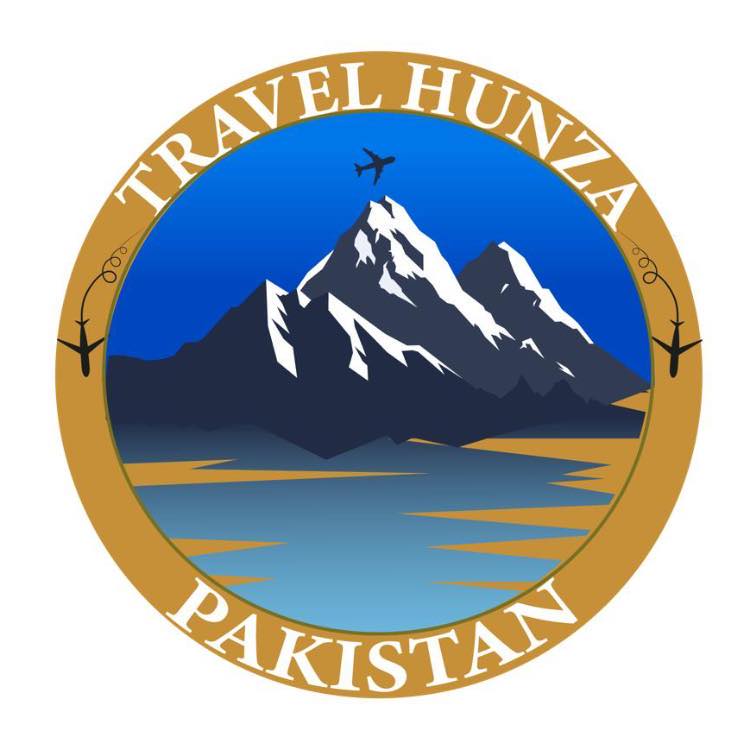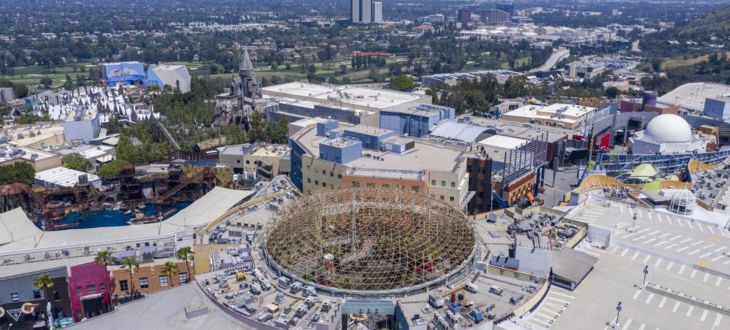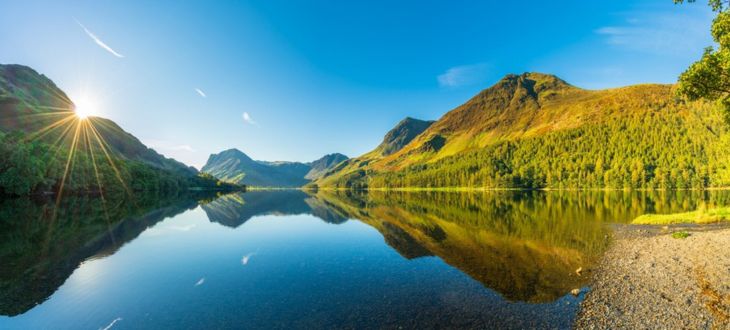Lake Nalubaale is one of the most important lakes in Africa and the world. You may know it by a different name—Lake Victoria. “Nalubaale” is the original name used by the local. Baganda people in Uganda before the lake was renamed by British explorers in the 19th century. Today, many in Uganda and neighboring countries prefer to use its traditional name, Nalubaale, to honor African heritage and history.
This lake is not only big in size but also big in importance. It supports millions of people through fishing, farming, transport, and electricity production. Let’s dive into the story of Lake Nalubaale, its geography, wildlife, culture, and why it matters today.
Where is Lake Nalubaale?
Lake Nalubaale is located in East Africa. It touches three countries:
- Uganda
- Tanzania
- Kenya
Most of the lake—about 45%—is in Uganda, making Uganda the main guardian of this freshwater giant. The lake is part of the East African Great Lakes system, and it’s the second-largest freshwater lake in the world by surface area, after Lake Superior in North America.
How Big is It?
Lake Nalubaale is massive. Here are some quick facts:
- Area: Around 26,600 square miles (68,800 square kilometers)
- Length: About 200 miles (322 kilometers)
- Width: About 150 miles (241 kilometers)
- Maximum Depth: 276 feet (84 meters)
To give you a sense of size: if Lake Nalubaale were placed on the U.S. map. It would stretch across several states. That’s how big and impressive it is.
Source of the Nile River

One of the most amazing things about Lake Nalubaale is that it is the source of the famous Nile River, the longest river in the world. The White Nile begins in Jinja, Uganda. where water flows out of the lake and begins its long journey through South Sudan, Sudan, and Egypt. Before reaching the Mediterranean Sea.
This connection gives the lake a place of honor in both African geography and history. Civilizations have lived along the Nile for thousands of years, all thanks to the waters that begin in Lake Nalubaale.
A Rich History and Cultural Importance
Before the British explorer John Hanning Speke named it Lake Victoria in 1858. The lake had spiritual and cultural importance for the Baganda and other local communities.
The name “Nalubaale” means “home of the gods.” Many communities believed that the lake was sacred. Traditional leaders and spiritual healers would go to the lake to perform rituals and ask for blessings—like good rainfall, a strong harvest, or protection from illness.
Today, many Ugandans are returning to this name to reconnect with their roots and recognize African traditions.
Wildlife in and Around the Lake
Lake Nalubaale is home to many plants and animals. Both in the water and around the shores. Some of the most notable species include:
- Nile Perch: A large fish introduced in the 1950s. It grew quickly but also caused problems by eating many native fish.
- Tilapia: A common fish that supports many fishing communities.
- Birds: More than 200 bird species live near the lake. Including kingfishers, pelicans, and fish eagles.
- Hippos and Crocodiles: These large animals are often seen along the shorelines.
The lake’s ecosystem has changed a lot over the years. Especially because of human activity, overfishing, pollution. Invasive species like the Nile perch and water hyacinth (a plant that spreads fast and chokes the water surface).
How People Use the Lake
Fishing:
Fishing is the number one way people use Lake Nalubaale. It supports the livelihoods of millions of people in Uganda, Kenya, and Tanzania. Fish like tilapia and Nile perch are caught and sold in local and international markets.
Farming:
The lake provides water for farms near its shores. Farmers grow crops like bananas, coffee, maize, and rice.
Transportation:
Ferries and boats travel across the lake, connecting people and places. Some islands on the lake can only be reached by boat.
Hydroelectric Power:
In Uganda, the lake feeds the Nalubaale Power Station and other dams that produce electricity. This is a major source of power for the country.
Tourism:
Tourists visit to enjoy the scenery, wildlife, and water activities like boat rides, birdwatching, and fishing trips. Cities like Entebbe, Jinja, and Kisumu are popular tourist spots around the lake.
Challenges Facing Lake Nalubaale

Like many natural places in the world, Lake Nalubaale faces some serious problems:
- Pollution – Factories, farms, and cities dump waste into the lake, affecting water quality.
- Overfishing – Some fish species are disappearing because of too much fishing.
- Invasive species – Plants like water hyacinth block sunlight and oxygen, harming fish.
- Climate change – Weather changes affect rainfall, lake levels, and water temperature.
Governments and environmental groups are working together to save the lake. Education, sustainable fishing practices, and new environmental laws are all helping protect this precious resource.
Why It Matters to the World
Lake Nalubaale is not just important to Africa—it’s important to the world. Here’s why:
- It’s a major freshwater source on the planet.
- It’s the start of the Nile River, one of the most famous rivers in human history.
- It supports millions of people through food, water, jobs, and power.
- It’s home to rare wildlife and beautiful landscapes.
For people in the U.S. and other countries, learning about Lake Nalubaale is a way to understand how connected we all are. Water, wildlife, climate, and culture don’t stop at national borders.
Conclusion
Lake Nalubaale, also known as Lake Victoria, is more than just a body of water. It’s a lifeline, a source of power, a cultural symbol, and a natural wonder. As we learn more about this great African lake, we begin to see how important it is to care for our shared environment—across continents and across cultures.
If you ever travel to East Africa, make sure to add Lake Nalubaale to your list. You’ll find beauty, history, and life flowing in every direction.




